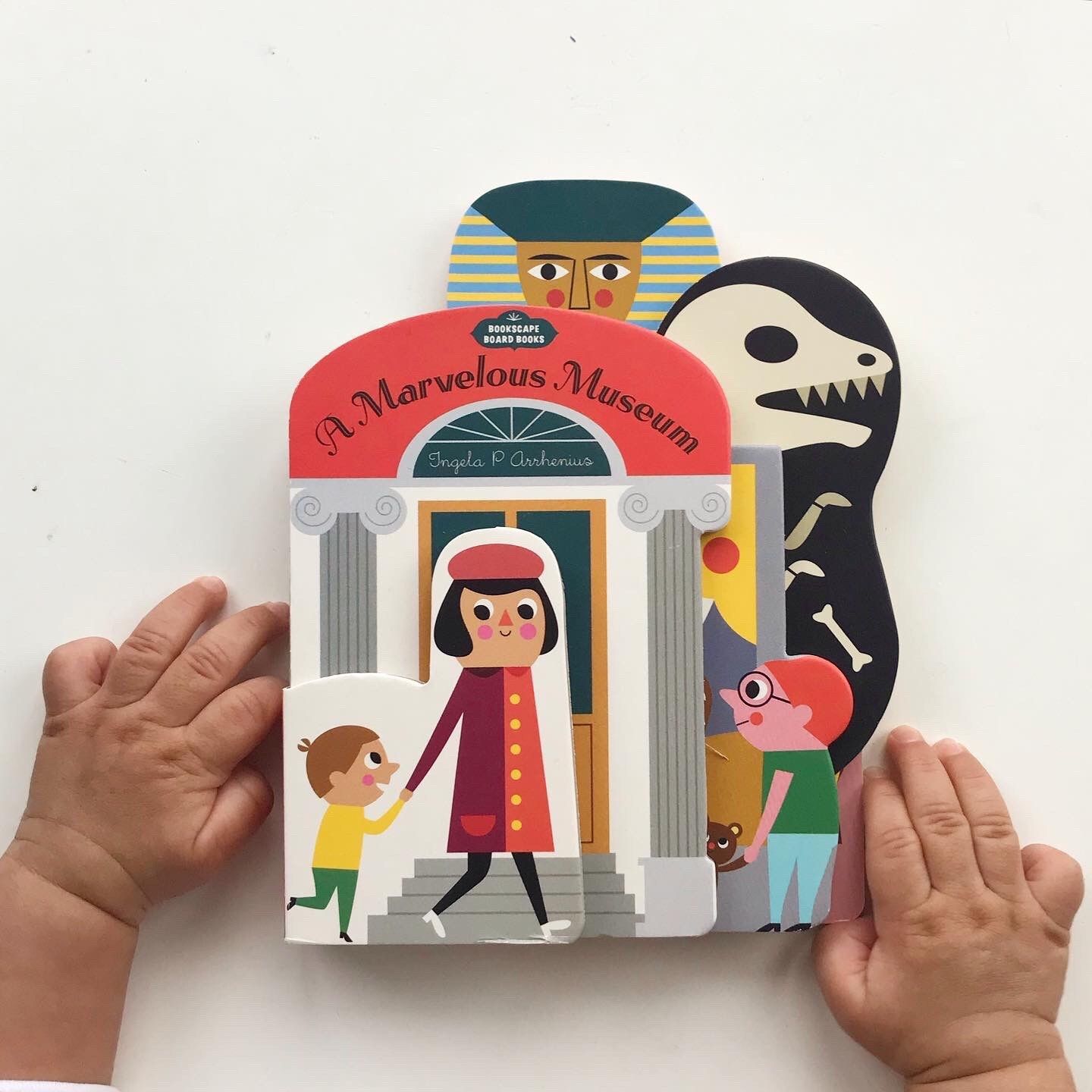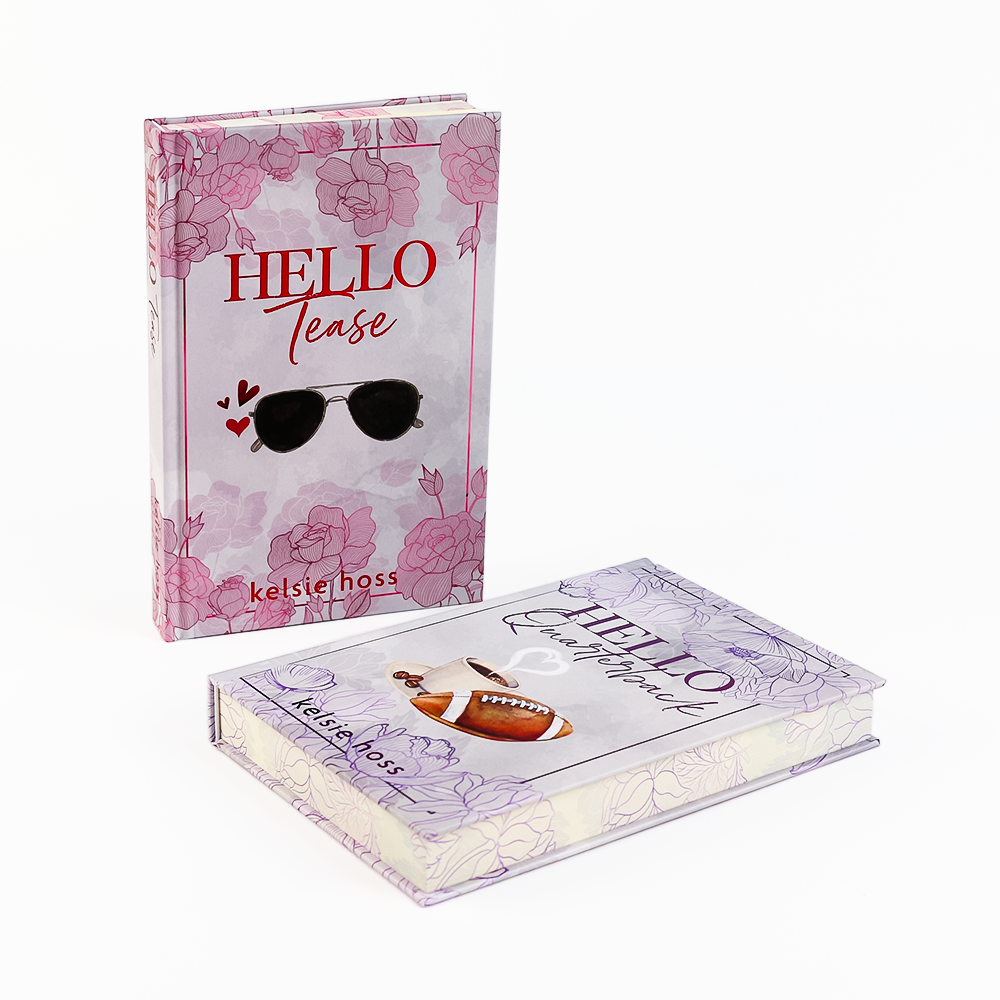Why is hardcover more expensive than board book?
When it comes to publishing literature for young readers, selecting the right printing format—whether a hardcover or a board book—plays a crucial role in meeting the specific needs of your audience. Each format has distinct advantages, but understanding the cost implications is essential for making an informed choice. In this article, we will delve into the differences between board books and hardcover books, focusing on why hardcovers generally come at a higher price point and helping you decide which option is best for your project.
Tabla de contenido
The Distinctions Between Board Books and Hardcovers
To fully grasp the differences between board books and hardcover books, it’s essential to explore their durability, structure, and intended audience. While both serve important roles in children’s literature, they cater to different age groups and functionalities.
What is a Board Book?
Board books are specially crafted for the youngest readers, making them a popular choice among parents, educators, and authors alike. Every page, including the cover, is produced from durable cardboard or paperboard, often with rounded corners to ensure safety. These compact and robust books can endure tearing, chewing, and spills, making them ideal for babies, toddlers, and preschool-aged children. Typically containing between 12 and 24 pages, board books are designed to be visually engaging, often featuring vibrant colors, textures, and interactive elements.
Advantages of Board Books
-
Safety: Designed with the youngest readers in mind, board books have rounded edges and sturdy pages, significantly reducing the risk of injury.
-
Compromiso: The incorporation of interactive features such as flaps, textures, and bright illustrations captivates young readers and stimulates their senses.
-
Durabilidad: The thick cardboard pages resist tearing, making board books perfect for children who are still developing their fine motor skills.
What is a Hardcover Book?
Hardcover books, often referred to as hardbacks, feature a rigid exterior made of cardboard covered in cloth or durable paper, typically bound with sewn or glued pages. These books cater to a more mature audience, including older children, teenagers, and adults. Hardcovers are commonly used for various purposes, from novels to textbooks to collector’s items. Their premium appearance makes them a favorite among publishers and readers alike, though they do come with a higher production cost compared to other formats.
Advantages of Hardcover Books
-
Aesthetic Appeal: With their elegant look and feel, hardcover books are frequently chosen for special editions and high-quality publications.
-
Durabilidad: While they may not withstand rough handling like board books, hardcovers can last for decades with proper care.
-
Versatilidad: Hardcovers are suitable for a wide array of genres, ranging from children’s stories to complex academic texts.
Board Book vs. Hardcover: Key Considerations for Your Printing Project
Choosing between a board book and a hardcover book is a significant decision, as it impacts both usability and appeal. Here are several crucial factors to consider:
1. Cost Implications
Board books are generally less expensive to produce due to their simpler manufacturing process. The materials and labor required are minimal compared to hardcover books, which necessitate more intricate production methods and higher-quality materials.
-
Libros de cartón: The cost-effective nature of board books makes them accessible for families, educators, and libraries.
-
Hardcover Books: The production costs for hardcovers are higher, driven by the use of premium materials and complex binding techniques.
2. Target Audience
Understanding your audience is vital. Board books are tailored for infants and toddlers, providing a safe and durable reading experience. On the other hand, hardcover books are designed for older children and adults, offering more sophisticated narratives and themes.
Content Length and Complexity
The typical length and complexity of the content will influence your format choice.
-
Libros de cartón: These books generally contain fewer pages and focus on simple, engaging stories that young children can easily handle.
-
Hardcover Books: They can accommodate longer, more intricate narratives, making them suitable for a broader range of topics and themes.
Durability and Usage
Board books are engineered for the wear and tear of everyday use by young children, making them nearly indestructible in most situations. Conversely, while hardcover books are robust, they are better preserved in controlled conditions, as they are often cherished as part of a collection.
Shape and Design
Board books typically have rounded edges, which minimize the risk of injury during enthusiastic reading sessions. Hardcover books, with their defined edges, maintain a traditional aesthetic but require careful handling to avoid damage.
Visual Appeal and Functionality
Board books often utilize bold imagery and minimal text to engage very young readers. However, they may not hold the interest of older children, who seek more substantial content. Hardcover books, with their premium appearance, are versatile and suitable for various applications, including novels, academic texts, and high-end marketing materials.
By understanding these distinctions, you can better align your book’s format with your project goals and audience, enhancing the overall reading experience and maximizing the value of your publication.
Preguntas frecuentes
1. ¿Por qué los libros de tapa dura suelen ser más caros que los de cartón?
Los libros de tapa dura suelen requerir materiales más caros, como tela o cuero para las tapas, y un proceso de encuadernación más complejo. La complejidad de la fabricación y los componentes de mayor calidad contribuyen al aumento del coste en comparación con los libros de cartón, que tienen un método de producción más sencillo.
2. ¿Los libros de cartón son adecuados para todas las edades?
Los libros de cartón están diseñados específicamente para niños muy pequeños, como bebés y niños pequeños. Son una opción duradera y segura para este grupo de edad, mientras que los libros de tapa dura están dirigidos a niños mayores y adultos, y ofrecen narrativas y temas más complejos.
3. ¿Cómo determino qué formato elegir para mi proyecto?
Para determinar el mejor formato para su libro, tenga en cuenta el público al que se dirige, la extensión del contenido y el presupuesto. Si su proyecto está dirigido a lectores muy jóvenes, los libros de tapa dura pueden ser la mejor opción debido a su durabilidad y contenido atractivo. Para historias más complejas o materiales educativos para lectores mayores, los libros de tapa dura serían más apropiados. Evaluar estos factores le ayudará a garantizar el éxito de su proyecto de impresión.
En conclusión, tanto los libros de cartón como los de tapa dura cumplen una función importante en la literatura para lectores jóvenes. Comprender las diferencias entre ambos formatos puede ayudarle a tomar decisiones informadas que se ajusten a los objetivos de su proyecto, garantizando así que su publicación tenga eco en el público al que se dirige.
Impresión de libros
Nuevos productos
Último blog

¿Cuánto cuesta la impresión de libros para la mesa de café?
Los libros de mesa de café son más que simples piezas decorativas; son expresiones artísticas que muestran fotografías, arte e historias personales.

Por qué la impresión de folletos sigue siendo una poderosa herramienta de marketing para su empresa
En el mundo en constante evolución del marketing digital y los avances tecnológicos, puede parecer que los métodos de marketing tradicionales, como la impresión de folletos, están perdiendo relevancia.
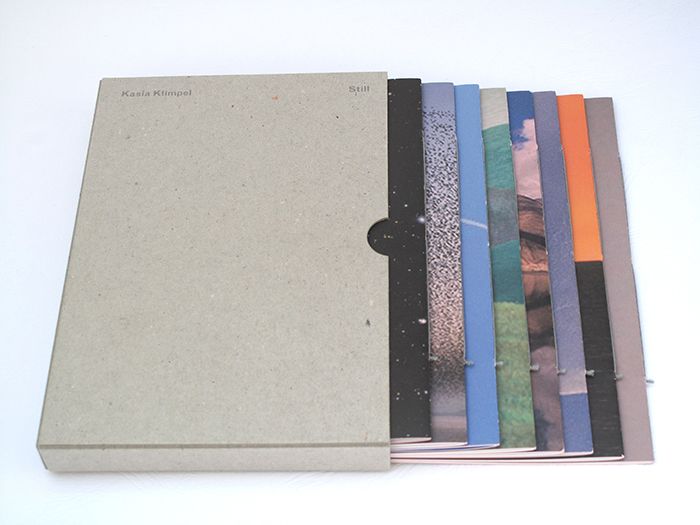
Mejore su marketing con la impresión de folletos personalizados
Si se está adentrando en la autoedición, una de sus principales preocupaciones será encontrar opciones económicas para la impresión de libros.
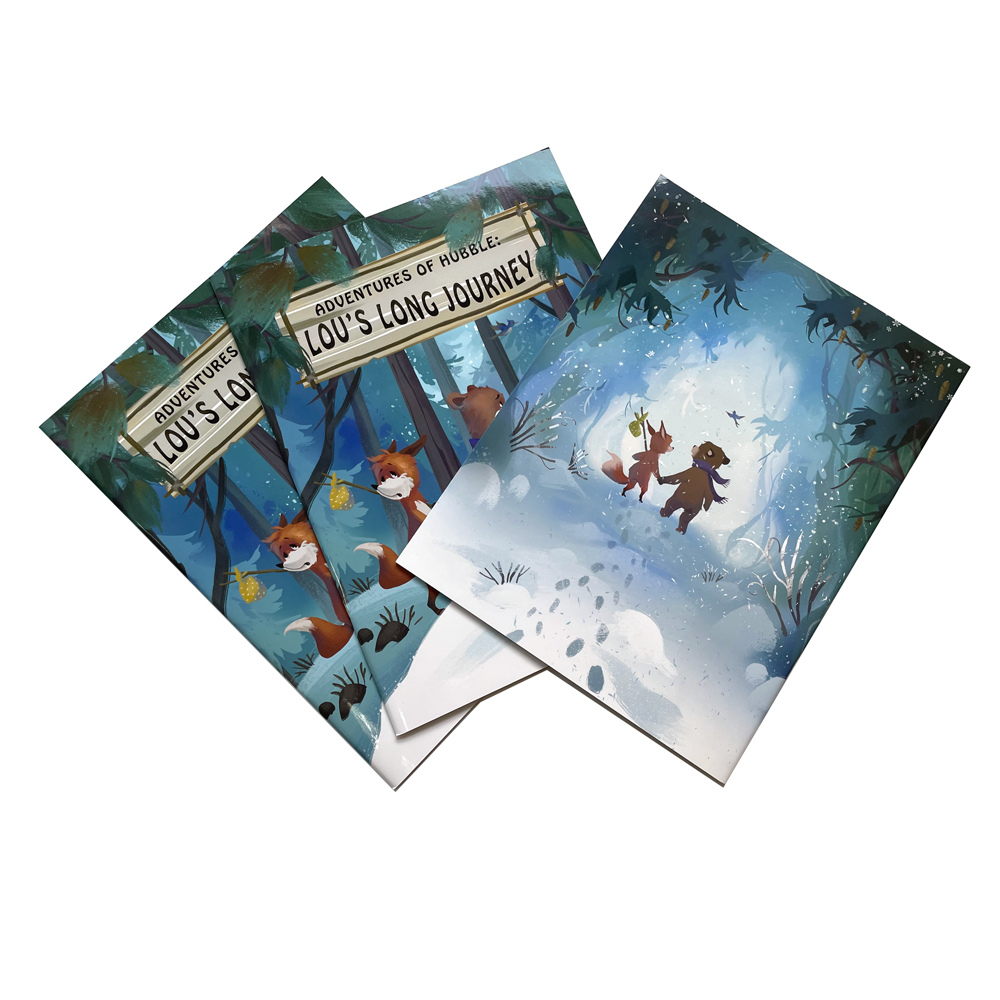
¿Por qué la mayoría de los libros se imprimen en China?
En la economía globalizada actual, la impresión de libros ha encontrado cada vez más una solución rentable y de calidad en China.
Contáctenos
- +86 13946584521
- info@booksprinting.net
- 8:00 - 22:00 (lunes a domingo)
Comentarios
Blog relacionado
Encuentre las últimas tendencias y conocimientos comunes en el negocio de la impresión de libros.

¿Por qué la mayoría de los libros se imprimen en China?
En la economía globalizada actual, la impresión de libros ha encontrado cada vez más una solución rentable y de calidad en China.
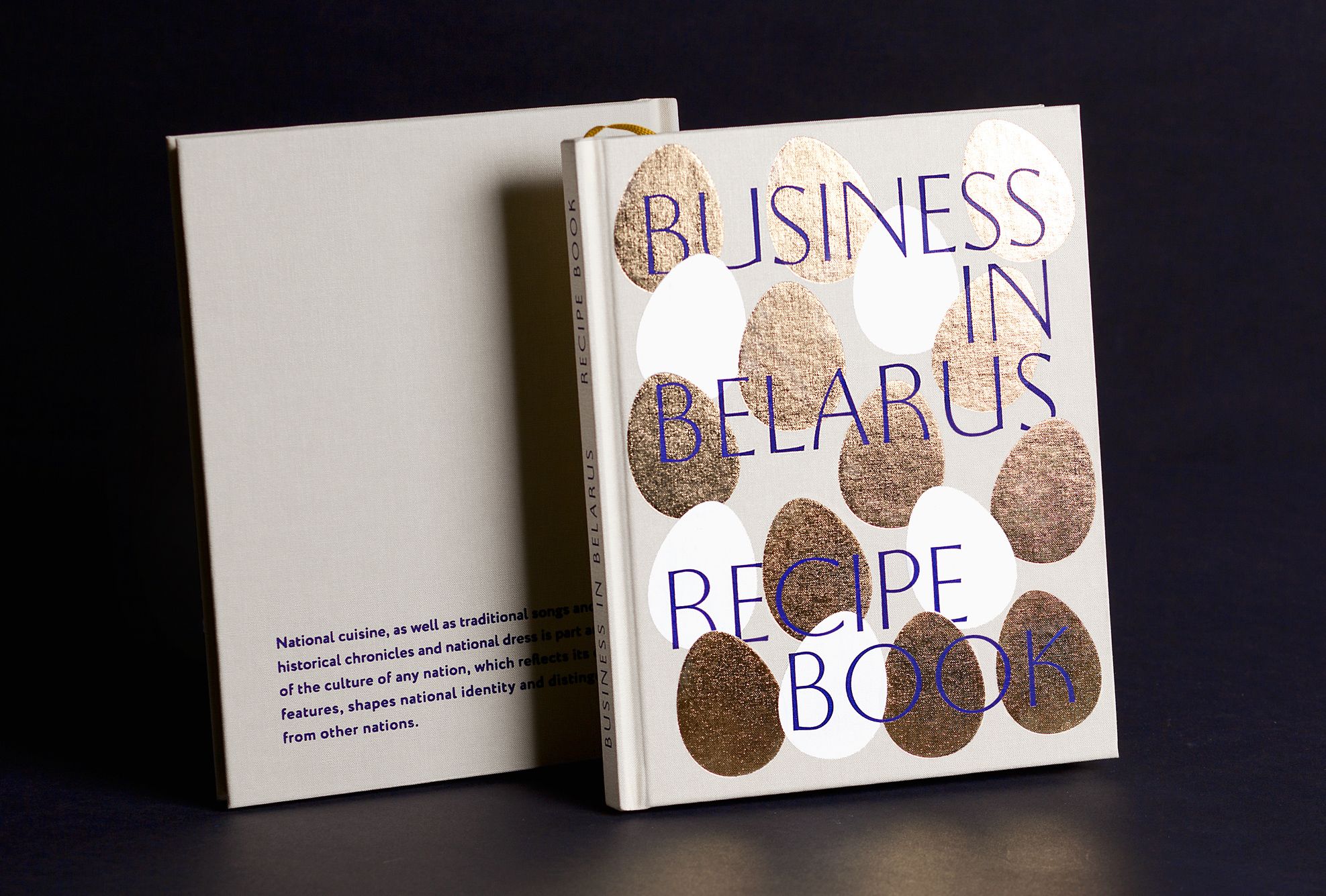
Cómo elegir la mejor fábrica de impresión de libros personalizados en China
En la era digital actual, la cantidad de servicios de impresión de libros personalizados ha crecido exponencialmente y cada uno ofrece una amplia gama de opciones para satisfacer diversas necesidades. Ya sea que esté buscando imprimir un libro personal,
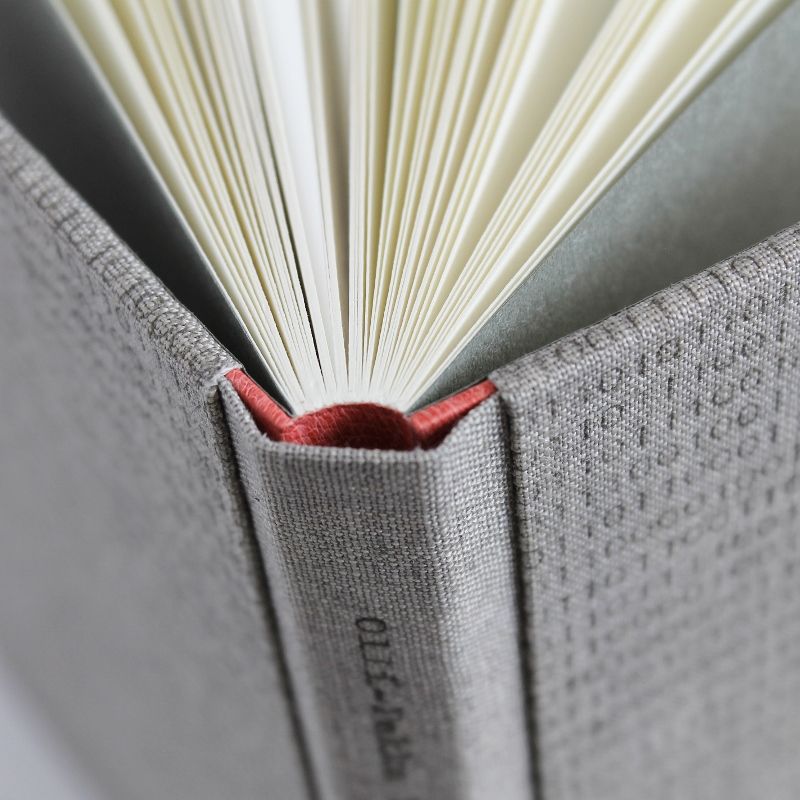
¿Qué tipo de papel se utiliza para la impresión de libros?
Si se está adentrando en la autoedición, una de sus principales preocupaciones será encontrar opciones económicas para la impresión de libros.
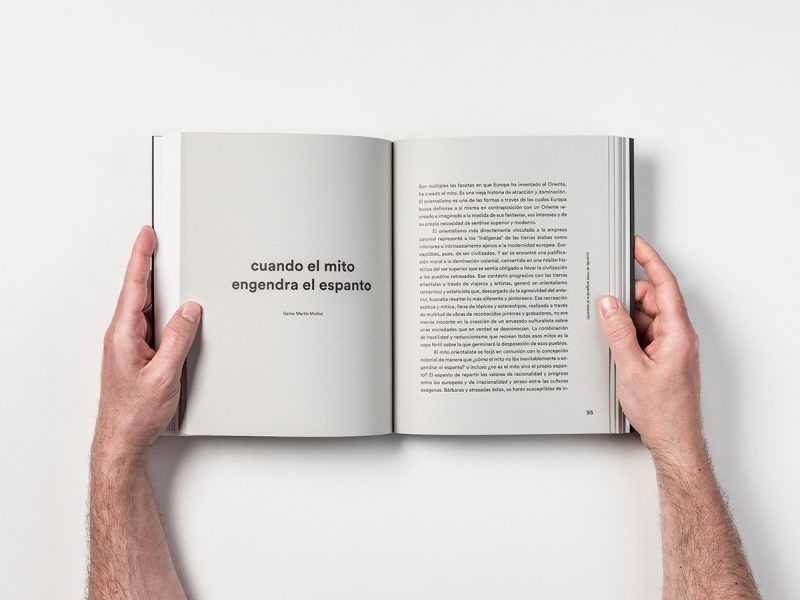
¿Cuánto cuesta imprimir un libro de 300 páginas?
Imprimir un libro es una experiencia emocionante tanto para autores como para editores y empresas. Sin embargo, comprender los costos que implica imprimir un libro de 300 páginas es fundamental para garantizar que el proyecto se ajuste al presupuesto.

